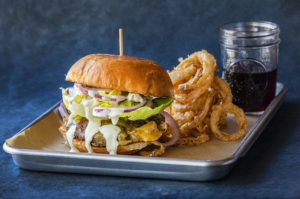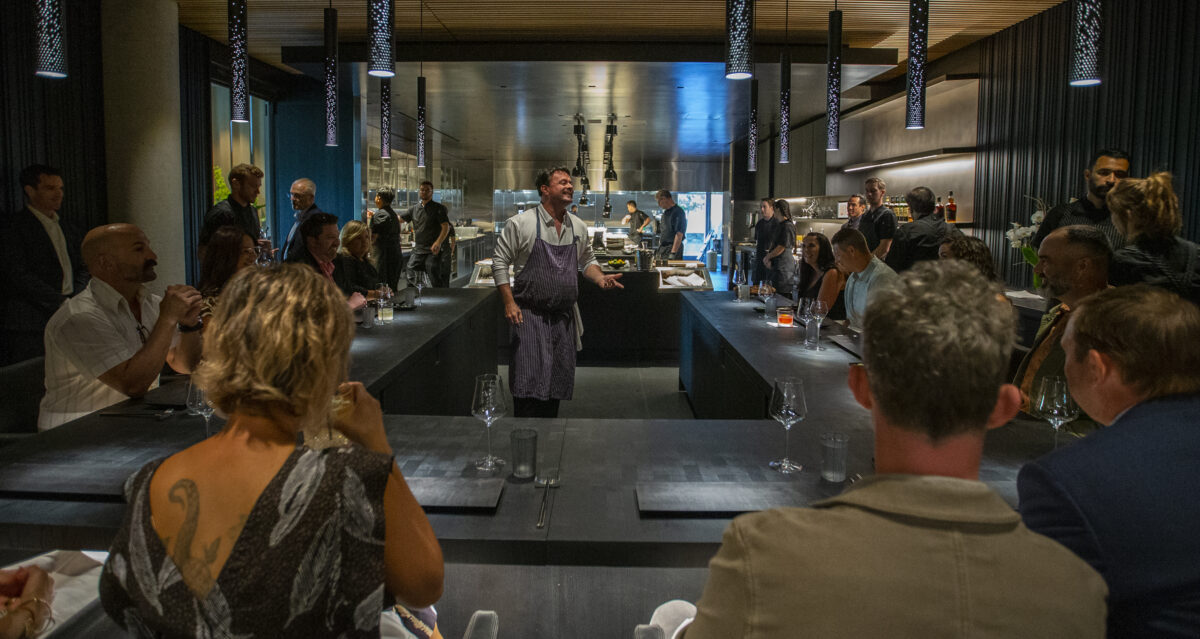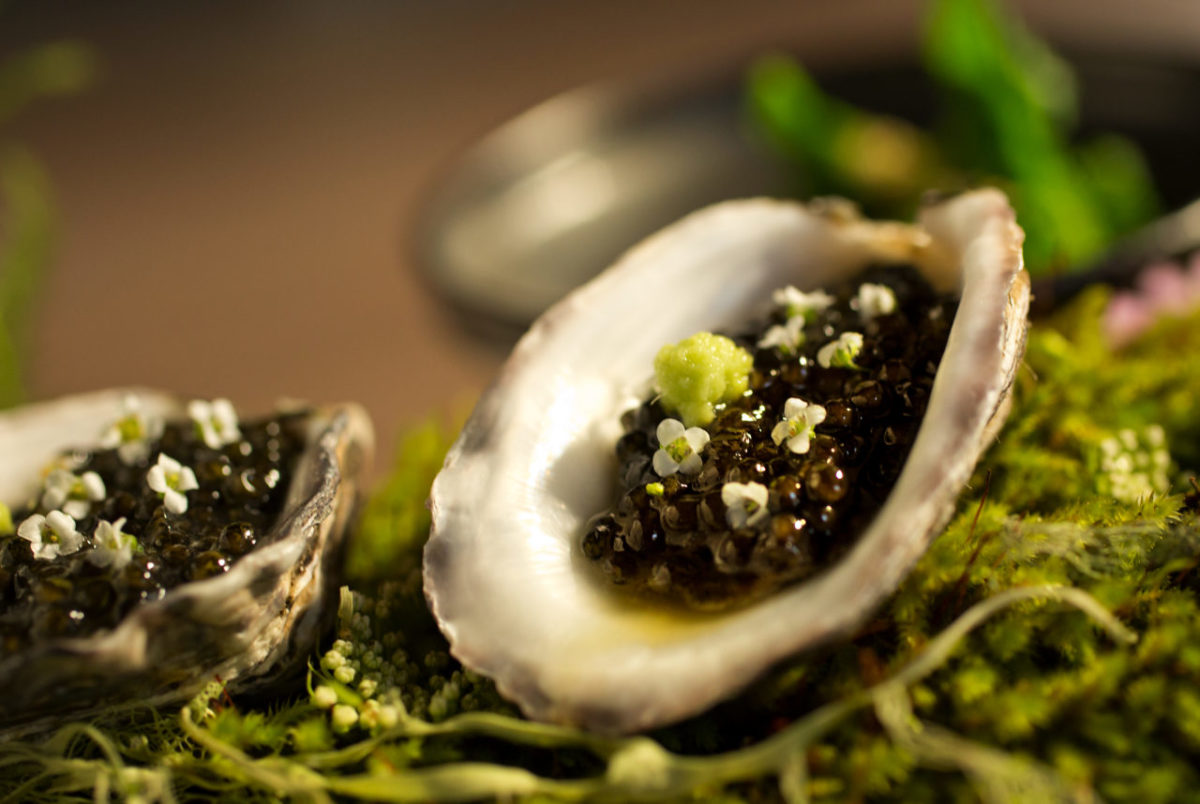There’s a long-simmering secret behind the gilded doors of many fine dining restaurants. Inside the silent kitchens, with their exquisitely organized benchtops and lineups of tweezered plates, an increasingly vocal chorus is peeling back the truth, revealing top-heavy hierarchies and crippling financial pressures.
Movies like “The Menu” and “Burnt” shone a blistering light on soul-destroying stress and the impossible quest for perfection. And earlier this year, fine dining poster child Rene Redzepi, the man behind Copenhagen’s Noma, a restaurant that was named the world’s best multiple times, announced he would permanently close next year and reopen as a food laboratory and pop-up space.
“We have to completely rethink the industry,” Redzepi told The New York Times in January, blaming the unsustainable costs of employees, among other factors. “This is simply too hard, and we have to work in a different way.”
The scars of the pandemic, of course, are also lasting. As more casual restaurants pivoted to takeout, upscale restaurants did their best to accommodate diners. But many suffered severe financial losses and still struggle to find staff, as seasoned workers were forced to find jobs elsewhere.
But do these challenges mean that the highest levels of fine dining are on their way out? Should the reign of suited-up maître d’s, tableside flambés, and exquisitely foamed and dusted tiny plates take a final bow? Not quite yet—but it is time for some reinvention.

Fine dining is dead. Long live fine dining
In Sonoma County, restaurants like Cyrus, SingleThread, Farmhouse Inn, and Madrona Manor have long been seen as the epitome of fine dining. Chefs create singular experiences for diners, offering curated culinary journeys and sublimely plated food.
As a restaurant reviewer, I will always believe there’s a place for this type of experience. It’s the joy of a perfectly seared piece of meaty Liberty duck with salty, crackling skin and a thin layer of unctuous fat that floods my brain with endorphins, the meticulous sourcing of a single perfect oyster, the history behind a tiny cup of mussel soup inspired by one served at Maxim’s in Paris.
Extraordinarily lofty dining like this, with wine and gratuity, can come with a price tag of $1,800 for two people. But for those who seek it out, it’s a meaningful luxury experience, no different than such indulgences as $899 Taylor Swift VIP concert tickets, $65 for infant Nike sneakers, or $90,000 for a Maserati. It all just depends on what tickles your happy button. At a time when eating fast food at a desk is normal and many everyday restaurants have resorted to pre-cooked, pre-packaged ingredients, fine dining experiences remind us that food can be magical. Food can be more than calories. Food can uplift us.

The new model
It can be easy to poke fun at some of the pomp surrounding exquisitely sourced, self-consciously described meals: Is a deconstructed plate of imported Japanese uni with cheese “snow” on dehydrated wonton crumbs better than a $5 crab puff at the local Chinese restaurant? After all, it’s just food, as chef Douglas Keane of Geyserville’s Cyrus restaurant likes to remind people.
Keane is more worried about livable wages for his staff than prancing around the kitchen with a chef ’s toque. “We’re too full of ourselves,” Keane says. “And it starts with the press talking about chefs like they’re gods, the truth is that we’re skilled labor. It’s dinner. It’s sustenance.” In the decade since closing his original Cyrus in Healdsburg, Keane has been obsessed with fixing fine dining’s most broken limb—an equitable wage structure.
In 2012, Cyrus had more than 56 employees, a model Keane says was entirely unsustainable. Waitstaff made up to $75,000 per year, while cooks made $30,000. Turnover was high in the kitchen, but front-of-house staff stayed forever.
Kitchen roles were highly ritualized and specialized, with some jobs so specific that employees had little to do for long periods of the evening. “There were so many employees doing nothing while we were finishing plating, for example. Then they’re not busy until the next fire,” Keane explains. “It didn’t seem like an efficient system.”
At the reimagined Cyrus, Keane has a lean staff of 20 cross-trained to play multiple roles in the kitchen—whatever needs to be done, from chopping vegetables to delivering plates to the table. Salaries start at $65,000 for prep cooks—more than 50 percent higher than the national average—and they also get healthcare benefits, a rare commodity.
Keane also pokes holes in other long-established structures. For one, Cyrus now offers a much shorter menu. “These huge old menus like at Chez Panisse take a lot of bodies to do, especially when you don’t know how many people are coming.” Vast menus necessitate keeping more food on hand, and a greater potential for waste.
“I think we’re still learning, but the one thing that I know is that the more you can engineer the experience with fewer variables, it’s easier to train people to get good at their jobs,” says Keane.
Nine months into his experiment, Keane feels the system is working, and hopes he can prove to others that the model is scalable. Diners seem just as happy with sous-chefs bringing plates to their tables and servers pouring drinks. “The system is phenomenal,” he says. “The guests seem super-happy, investors are happy, and I feel blessed we are able to do this.”

“16 apprentices picking flower petals”
In Petaluma, Stéphane Saint Louis and Steven Vargas of Table Culture Provisions are part of a new generation of chefs reducing costs by running their kitchen lean and mean. That doesn’t mean cutting back on creativity, just being scrappy. Saint Louis says he doesn’t see the need for all the fuss over perfection for perfection’s sake.
“If you want to be very meticulous about things, picking little flowers that all have to look exactly the same, you’re wasting product and time. Yes, that will be very expensive,” says Saint Louis. He and Vargas create their $125 tasting menu with just four cooks.
Borage flowers picked from the garden serve just as nicely as a pile of expensive blooms that, at another restaurant, would take a team of apprentices hours to harvest and tweeze onto plates. “I pick a solid crew,” says Saint Louis. “These guys bring an extra layer of tech and services that amplify what we’re serving. That doesn’t break my bank, and everybody is well paid.”
The team is having fun creating a high-end menu that includes frothed sunchoke soup or scallop crudo with coconut cream and truffled caviar—but they also offer steak frites for $48 and à la carte items from the tasting menu. It’s a way to offer more people more opportunities to try their food, and that’s precisely the point. Table Culture Provisions focuses on doing more with less.
“We’re too full of ourselves. And it starts with the press talking about chefs like they’re gods. The truth is that we’re skilled labor. It’s dinner. It’s sustenance.” – Douglas Keane
Finding balance
For other local chefs, however, doing less is more.
For years, Madrona Manor chef Jesse Mallgren focused on innovative molecular gastronomy. Liquid nitrogen ice cream was a signature dish, along with foams, creams, and obscure, lofty ingredients like minutina greens and feijoa. When the inn was remodeled in 2022, the menu simplified exponentially. Instead of five elaborate dinner services a week, they now serve 14 meals a week, with breakfast, lunch, and dinner offerings and more straightforward fare, including burgers and salads.
And Mallgren is not especially sad about it. “In some ways, it’s a relief, because we’re still cooking really tasty food,” he says. “Now The Madrona is a place I’d want to come in and eat once a month. Because for me, there are only so many tasting menus I’d eat per year—I’m busy with kids, have a lot to do, and can’t always spend three hours at dinner.”
With the change in format, some of the staffing pressures have eased, and Mallgren has become a mentor to less experienced cooks eager to learn the trade. “In the past, I had to hire cooks who knew what they were doing,” he explains. “Now I have two cooks promoted from dishwasher. It’s fun to watch these folks with no experience kicking it up and excited.”
The change has also brought food costs down to more sustainable levels. With ingredients like Japanese wagyu and truffles, Mallgren says it was difficult to charge enough to justify the expense. “No one wants to pay the prices to get a decent profit for those ingredients unless you have three Michelin stars.”
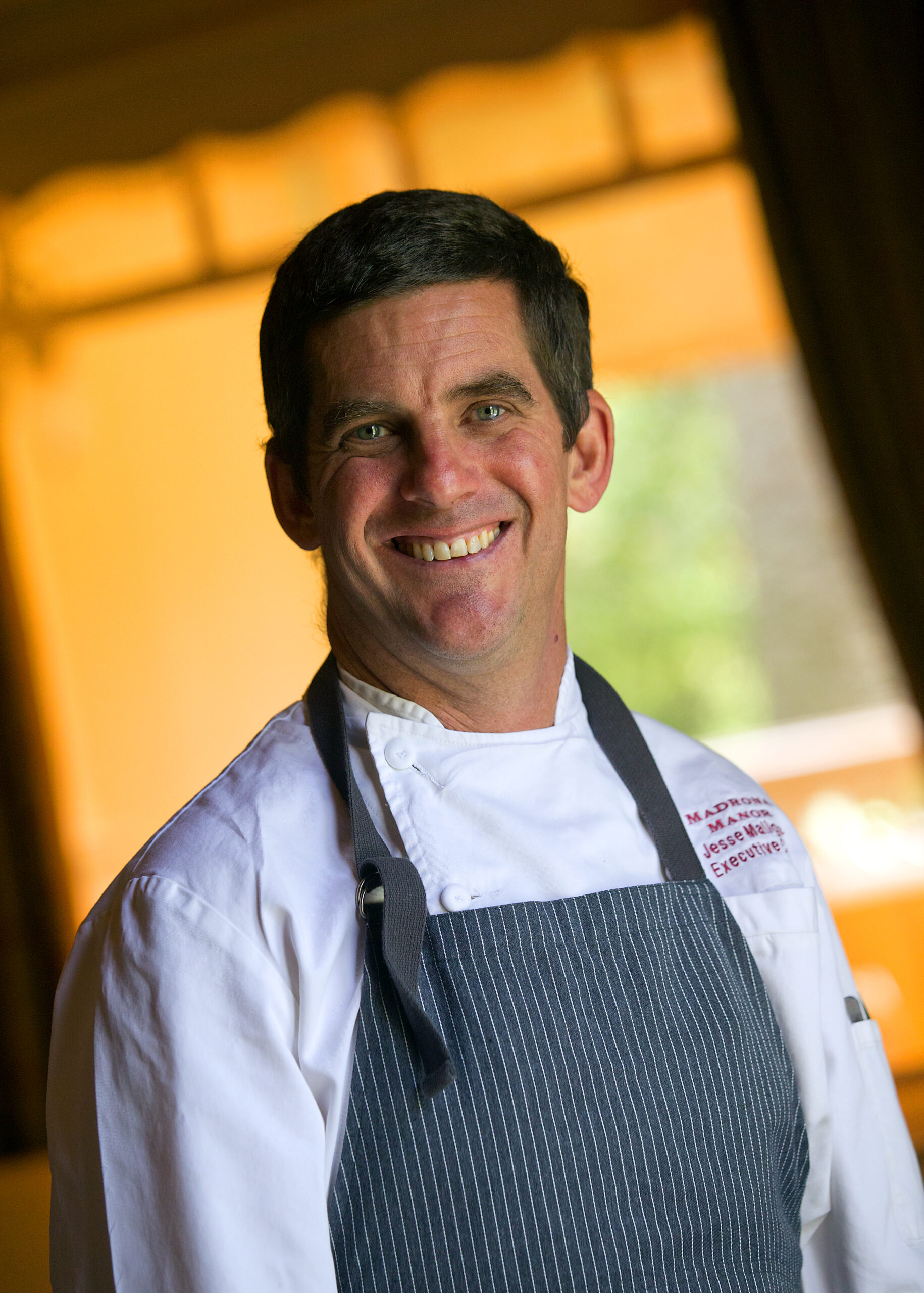

When traditional fine dining works
Reservations at Healdsburg’s much-lauded SingleThread Restaurant and Farm sell out months in advance at $425 per person. The multihour experience is perfectly choreographed, right down to the beautiful, first-course forest-floor tableau created for each table.
Owners Kyle and Katina Connaughton see the ongoing success of the restaurant as a community effort. “Some of the old models of luxury for the sake of luxury are dying and being replaced by a new model of high-end restaurants supporting local farmers, artisans, ranchers and the community,” says Kyle Connaughton. “We support good systems, reaching out for the best olive oil, a dish, a spoon, or a cup. There’s a relationship with all of those people.”
To sustain a staff of 125 people, Kyle and Katina Connaughton see their role as that of teacher as much as owner. It takes at least a year to train staff at the restaurant, a significant investment of time and resources.
“We want to do things the right way, and that isn’t easy or inexpensive,” Connaughton explains.
“There’s an impression in the fine dining space that high prices mean that profit margins are high. That’s not the case. If you look at all the food services, fine dining has a lower margin. You can’t cut corners. You can’t use cheap products, buy things that are frozen.” Sous-chefs at SingleThread make up to $80,000 with shared tips to start and are offered health insurance and paid vacations.
Kyle Connaughton acknowledges that having worked in the fine dining sphere for 30 years, he’s seen his share of bad actors and bullying. “We have very high standards, and people have to work incredibly hard, but people here want that environment. When things are difficult, when it’s busy and we’re not getting the results we want, it’s a challenge,” says Connaughton. “But screaming at people doesn’t help. That’s what I never understood.”
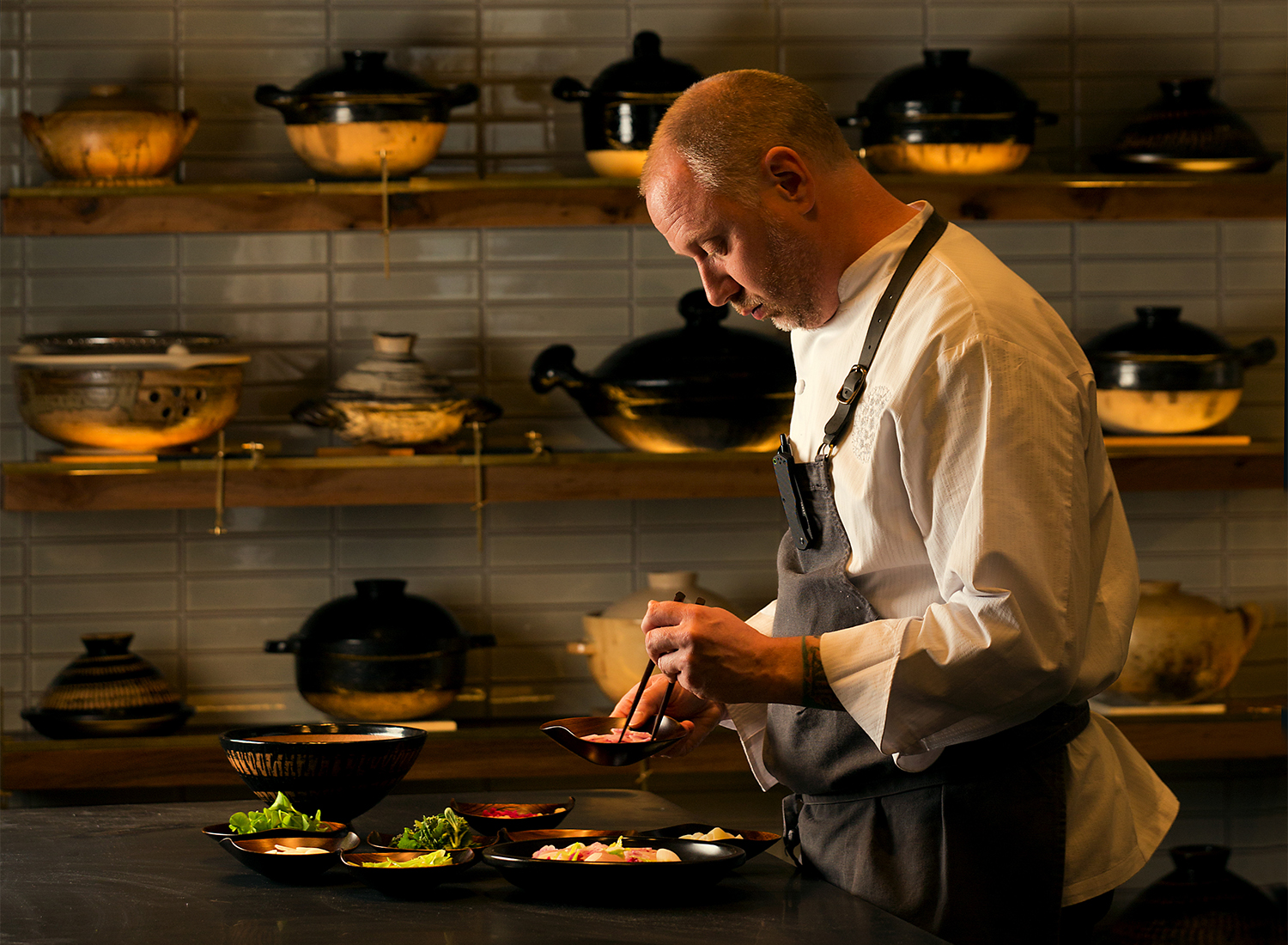

Opting out, opting in
When Sean McGaughey came to Sonoma County to work at SingleThread, he didn’t have an end game. Maybe he’d stay a few years, see what happened, and maybe go into food research and development. Now married to a fellow SingleThread alum and with two casual restaurants of his own, Troubadour and Quail & Condor bakery, he appreciates the chance to get off the fine-dining train and work for himself.
“SingleThread was maybe a little too involved. It’s a super-great kitchen culture, and it’s a big team with lots of shoulders to carry it, but every once in a while, the responsibility multiplies exponentially,” McGaughey says. He’s currently trying to dial in the level of complexity at his own establishments, seeking the right balance of casual and high-end.
Six-course weeknight prix-fixe dinners at Troubadour allow McGaughey to spread his wings after days of sandwiches and breakfast treats. The prix fixe dinners are an imperfectly- perfect experience, with uncomfortable bar stools and narrow counters—but the food is full of joy and, at $125 per person, more approachable than a Cyrus or SingleThread.
“We look at what’s not too labor-intensive, and I’ve always cooked that way. Not everything has to be hard—but if it is hard, the diner needs to see or taste it. Cooks have a problem with overcomplicating stuff to make ourselves happy. Maybe it gives us a little self-worth,” he explains. “It’s the first time everything’s clicked, because I have a specific set of confines. Unbeknownst to myself, I created that.”

Talent and equity
Preeti Mistry, a chef, author, and speaker now living in Sonoma after launching two highly successful restaurants in Oakland, hopes the future of fine dining lies in authenticity and storytelling.
“If you just throw a bunch of uni, truffles, foie gras, and whatever the hip ingredient is on a plate? There needs to be a purpose and a point to it,” says Mistry. “Luxury and artifice for its own sake is becoming less popular with younger generations. It’s just acrobatics. New generations want meaning behind things.” Diners are looking for a window into different cultures, they say, and too many fine dining establishments have missed out on celebrating non-European cuisines.
Fine dining restaurants are also missing out on talented chefs who aren’t white or male. “In the past, people haven’t fostered talent,” Mistry says. “Think what kind of talent we could have had.” Instead, young, highly trained chefs turn to food trucks and pop-ups where they can showcase different cultures and techniques outside the existing system.
“There’s a deeper meaning in that experience rather than just pretty food. It has to have a deeper meaning if you ask people to pay so much for these exquisite meals. It has to have a story. It can’t just be these shallow things,” says Mistry.
“As an industry, we’re looking for our soul.”

The end isn’t nigh
Back in the kitchen at Cyrus, chef Douglas Keane says he’s been hearing about the death of fine dining since the early 1990s. But he believes some guests will always want the experience of fine dining—the wonder and the magic of it all.
“Some people buy an economy car, and some buy the most expensive. It’s an escape and a luxury. Enough people care about good food to keep it alive,” says Keane.
As guests finish their multi-course meals at Cyrus, they’re led into a secret chamber with a flowing chocolate fountain and sweets that hover mysteriously above a small plate—yes, chocolates that actually float. The heady scent of cocoa is everywhere, clinging to guests’ clothes as they step out into the night air. Outside of candy- coated dreams, it’s the closest one can come to experiencing the wonder of Willy Wonka’s chocolate factory.
And that creativity, that spark, that ability to transport guests into another world is still worth plenty. The magic Keane weaves into everyday life far outweighs the cost of admission.

The side hustle
It’s a far cry from driving for Uber, but even top fine-dining chefs seek out additional streams of income to make the main event possible. San Francisco’s Dominique Crenn teaches a MasterClass. Healdsburg’s Charlie Palmer is opening a series of food-focused hotels. And DC-based celebrity chef Jon Sybert created Moveable Feast, a fine dining experience that comes straight to your home. Here are other ways chefs are making the numbers work:
• Liza Hinman of Santa Rosa’s Spinster Sisters now holds popup dinners at Lioco Winery’s Healdsburg tasting room and sells pantry items like housemade jams and granola.
• SingleThread is a powerhouse of diversification, with income from boutique lodging, a farmstand and retail operation, consulting, and product alignments. They recently teamed up with Modern Adventure to launch Paragon, a culinary travel adventure company.
• Sean McGaughey and Melissa Yanc of Troubadour are expanding their reach with guest collaborations and a new series of baking and pastry classes.
• Stéphane Saint Louis of Table Culture Provisions takes catering gigs in the summer to keep cash flowing and skills sharp. He also offers à la carte selections from his tasting menu that encourage locals to drop by for a quick bite.




